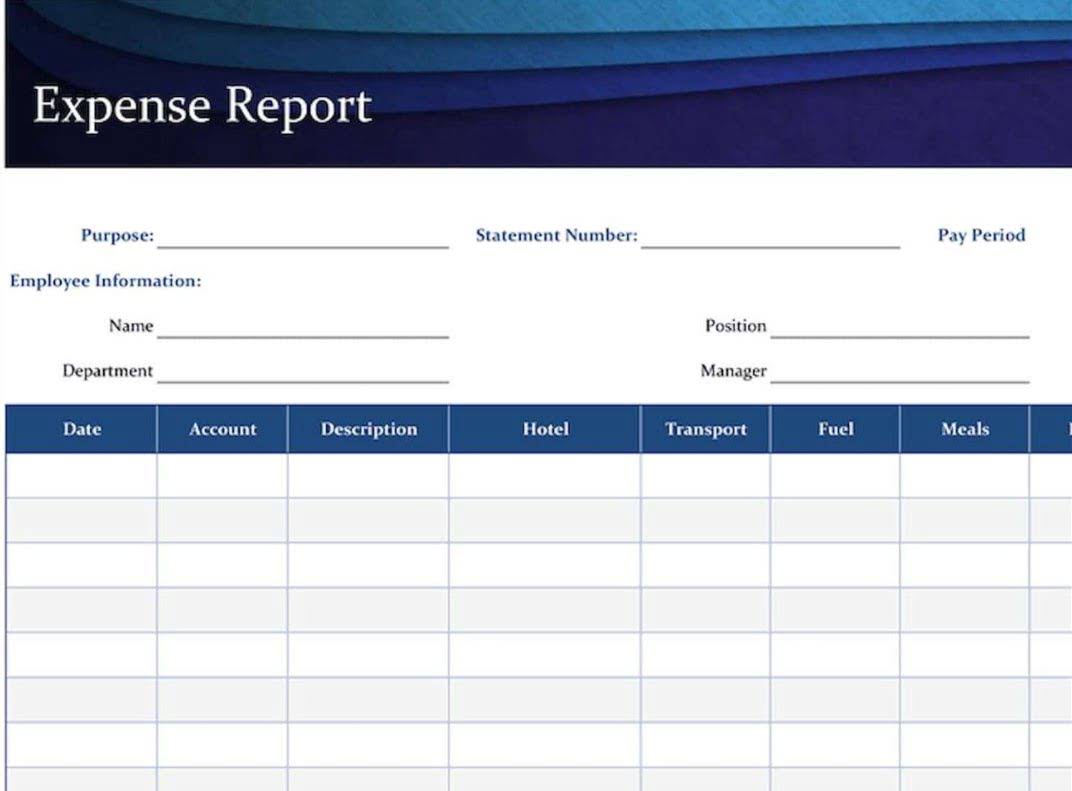
Labor-time standard means a preestablished measure, expressed in temporal terms, of the quantity of labor. Labor-rate standard means a preestablished measure, expressed in monetary terms, of the price of labor. Labor cost at standard means a preestablished measure of the labor element of cost, computed by multiplying labor-rate standard by labor-time standard. Job class of employees means employees performing in positions within the same job. 31.107 Contracts with State, local, and federally recognized Indian tribal governments.
Intangible Assets Are Not Recorded
Market conditions can influence asset value greatly, depending on the item. For example, if a company owns a building that has significantly increased in value since it was purchased, the fair value principle would require it to be recorded at its current market value. However, if the company plans to hold onto the building for many years, this may not accurately reflect its true value to the company.
Why should the cost principle be used over fair market value? Isn’t fair market value more realistic?
- It makes asset values objective, and it is easier to report on than other methods.
- However, in some cases, inventory may be recorded at the lower of cost or market.
- However, while the cost principle is a widely accepted accounting convention, it has limitations and criticisms.
- The cost principle means that a long-term asset purchased for the cash amount of $50,000 will be recorded at $50,000.
When a real estate developer constructs a commercial building for $1 million, the cost principle dictates recording the building on the balance sheet at its historical cost of $1 million. When using the principle cost method, good accounting software is key. Being able to keep all costs consistent over time, as well as house documents for verification, is key. As such, be sure to find good software that works for you and your accountant.
Part 31 – Contract Cost Principles and Procedures

The debate between historical cost and fair value accounting has long been a topic of discussion among financial professionals. Historical cost accounting, as previously mentioned, records assets at their original purchase price. This method offers a stable and verifiable basis for financial reporting, ensuring that the recorded values are grounded in actual transactions. However, it does not account for changes in market conditions, which can lead to significant discrepancies between the book value of an asset and its current market value. The cost principle in accounting convention is a fundamental concept that stipulates that assets should be recorded in financial statements at their original purchase price, also known as the historical cost. This principle is based on the belief that the original purchase price is the most objective and reliable measure of the asset’s value at the time of purchase.

Virgin Galactic CEO Michael Colglazier stated in a message emailed to colleagues that immediate access to funding has become significantly less net sales favorable due to geopolitical turmoil and financial market uncertainties. Overall, the organization plans to lay off 185 employees, leading to a $25 million cost savings yearly. Assuming the equipment has a useful life of five years, the company will record annual depreciation expense of $2,000 ($10,000 divided by five years). This depreciation expense will be reflected in the company’s income statement, reducing its net income for the year.

While this can help to provide a more accurate picture of a company’s profitability in a given period, it can also make it more difficult to track the true cost of individual transactions and assets. While the cost principle is a widely accepted accounting convention, it has limitations and criticisms. It is important for companies to consider these limitations and criticisms when valuing their assets. The cost principle has played a central role in accounting for centuries. While it has evolved over time, it remains a key convention used by companies to report their financial position. However, the principle has also been subject to criticism, and some experts have proposed alternative valuation methods.
The going concern principle assumes that a business will continue to operate in the foreseeable future, thus justifying the continued record of assets at their historical cost rather than liquidation values. As accounting evolves, debates persist around flexibility for sectors with rapid price changes, highlighting the importance of adeptly balancing historical cost Bookkeeping for Painters reliability with current market value relevance. The cost principle is a foundational concept in accounting, emphasizing the recording of an asset at its original purchase price. This method ensures that financial statements reflect the historical cost, not the current market value, of an asset over its lifespan. Recognizing these foundational aspects is crucial to understanding how financial information is prepared and used. The historical cost of an asset refers to the price at which it was first purchased or acquired.

The Cost Principle Helps Maintain a Consistent Balance Sheet
- It involves a balance between revenue generation and expenses by encompassing several aspects, such as manufacturing expenses, operational expenses, and overhead.
- If the same asset was purchased for a down payment of $20,000 and a formal promise to pay $30,000 within a reasonable period of time and with a reasonable interest rate, the asset will also be recorded at $50,000.
- Additionally, if this article was helpful to you, we’ve got more like it!
- Over time, the value of assets can fluctuate significantly due to market conditions, technological advancements, or wear and tear.
The cost on the balance sheet remains at the original price of $15,000. A music company purchases the copyright to a movie from an independent filmmaker. The newly purchased asset should be recorded cost principle at the cost of the purchase itself. However, because the copyright is an intangible asset, it is not recorded on the balance sheet whatsoever. Some of the most valuable assets to a growing business are intangible. When using the cost principle accounting method, none of them are taken into account.
